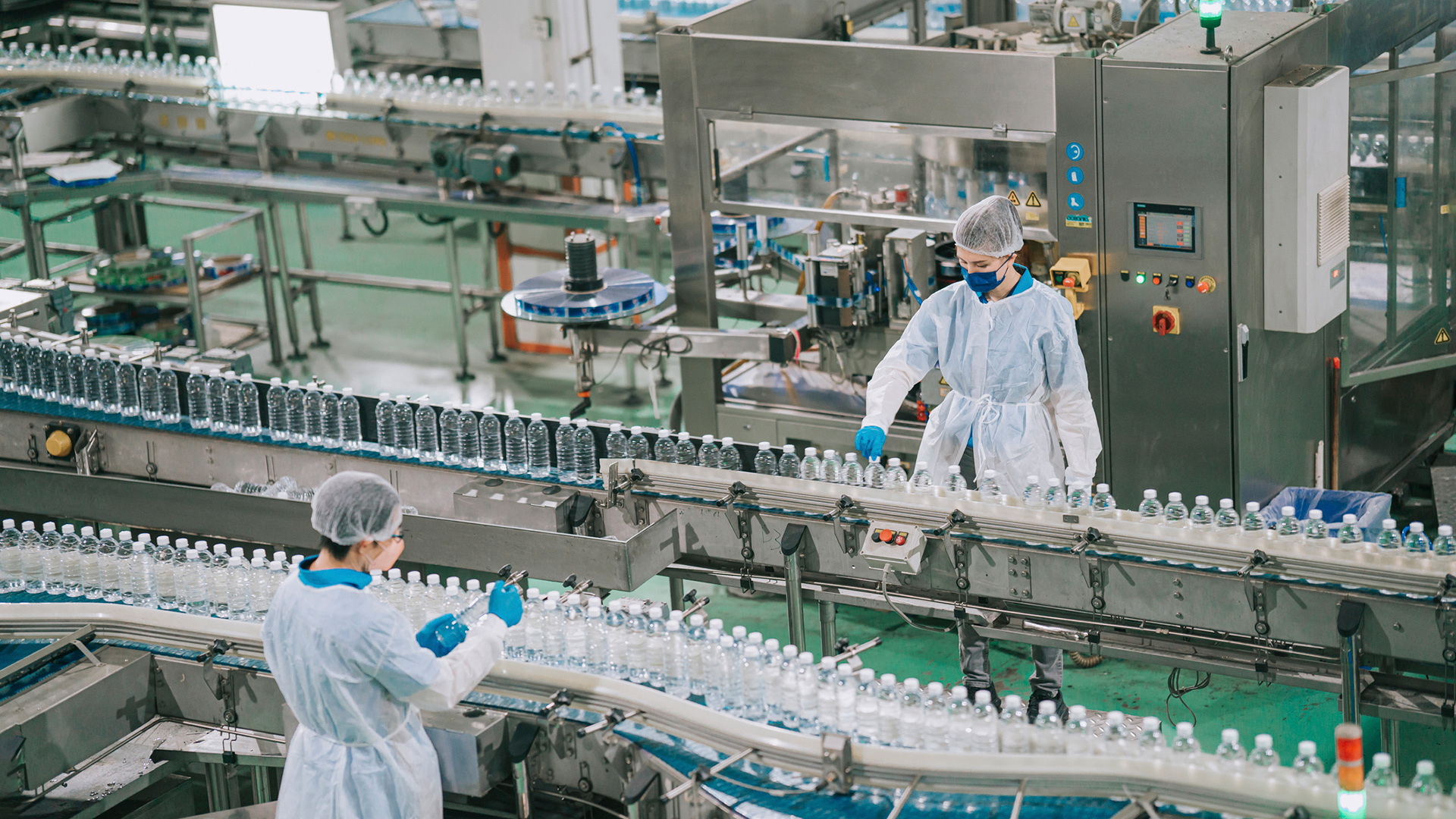When it Comes to CPG and Food & Beverage Companies – Investing in Purpose-built Supply Chain Intelligence Matters


Food prices are soaring as inflation, product instability, and supply chain delays are causing all sorts of havoc within the food industry. As a result, consumer packaged goods manufacturers and food & beverage companies have to rethink their strategies and offerings and even question how consumers consume as they try to navigate this uncertain time.
The consumer packaged goods and food & beverage industries may have taken the hardest hits in recent years, reeling from constant disruptions. The lingering effects of a global pandemic were only the start. Continuing shortages of raw materials from Ukraine and Russia, production and processing delays, and fast-rising oil and gas prices have directly impacted food-related manufacturing, transportation of goods, and agricultural supply chains.
Today, the business of producing and distributing food and beverage products is fraught with economic unease and supply chain instability. Phew…that’s a lot of noise and uncertainty keeping supply chain leaders up at night.
Overcoming the Challenges
Challenges occurring at the CPG manufacturing levels and across food distribution and retail are happening worldwide. Specifically, U.S. food production and processing plants have experienced shortages of raw ingredients (wheat, corn, oats, barley, and rye) for cereal, flour, bread, beer, and other commodity products. Also, shipping and container companies have delayed shipments and now charge more fees, further driving inflation frustrations. All in all, shortages and delays have contributed to empty shelves at grocery stores. Food processing and transportation delays have also led to spoilage and waste, especially for products with limited shelf life. These delays can cause a ripple effect across food production processes, impacting food quality.
There have also been reports that raw materials like copper, cobalt, and nickel, used in glass manufacturing, are in short supply now. This has caused a 20% spike in the price of glass bottles, and some fear that wineries will have to raise their prices to make up for this higher cost.
Changing consumer preferences and demands
These challenges profoundly impact ongoing forecasting and supply strategies for CPG companies and F&B distributors. And consumers? They see only empty shelves and higher prices at grocery stores.
The constant product shortages, high CPI Index, and off-the-charts inflation are naturally changing shopping behaviors towards higher value and lower prices. As a result, CPG companies must adapt their forecasting to confront the challenges, high costs, and supply chain disruptions.
Business Model Innovation is Needed
Before the pandemic hit, CPG and F&B companies focused on reducing costs and inventories for finished goods, raw, and MRO(maintenance, repair, and operations) materials. Now, times demand a different plan of attack.
To reduce risk and lower penalties while prioritizing customer demand, CPG companies must adapt to using data and real-time insights. Acquiring this data helps counter unpredictable market fluctuations, shortages, and surges, while also enabling the development of a proactive plan for dealing with disruption ahead of a crisis.
One way to help mitigate the costs of the supply crisis is to integrate Intelligence for MRO into CPG companies and F&B groups. Doing so will help ensure that production risks remain low, so customers receive the correct shipments at the right time and with the exact amount of product needed to supply demand.
And a strong MRO strategy in place can also help companies anticipate disruptions in the market due to shortages, delays, or product surges. For example, one global CPG organization realized significant cost savings in harmonizing MRO inventory data across multiple regions to reduce costs, improve maintenance performance and drive optimized procurement. Moreover, CPG companies and F&B operations can ultimately gain organizational alignment and engineered reliability with a strong partner.
It’s a better way to reduce costs, lower the threshold of penalties, and create a more robust strategy for dealing with market and product disruptions. With AI supporting a manufacturer’s MRO strategy, businesses can respond proactively to situations rather than react poorly at a disadvantage.
Optimizing MRO to Combat Changing Customer Demand
Constant product shortages and high inflationary costs are causing large numbers of consumers to consider cheaper alternatives to meet their grocery needs. Businesses must reduce risk and remain operational.
For example, a Capgemini report showed that 68% of consumer products organizations and retailers say that a lack of accurate and up-to-date information on changing customer demand during the pandemic played havoc with their demand planning. In addition, with inflation likely to cause a drop in orders, manufacturers should look to MRO optimization to eliminate wasted working capital from their balance sheets.
Having a strong MRO strategy (something many organizations overlook) is a fast way to get started, and the same blueprint can be applied to direct materials management. Businesses need improved materials management now more than ever to create a resilient supply network– and MRO should not be a missed opportunity to improve agility and optimize cash flow. Companies harmonizing MRO inventory data with AI-driven tools and cloud technology like Verusen’s supply chain intelligence platform can realize real-time value in these challenging times.
Paul Noble,
Founder & CEO of Verusen
